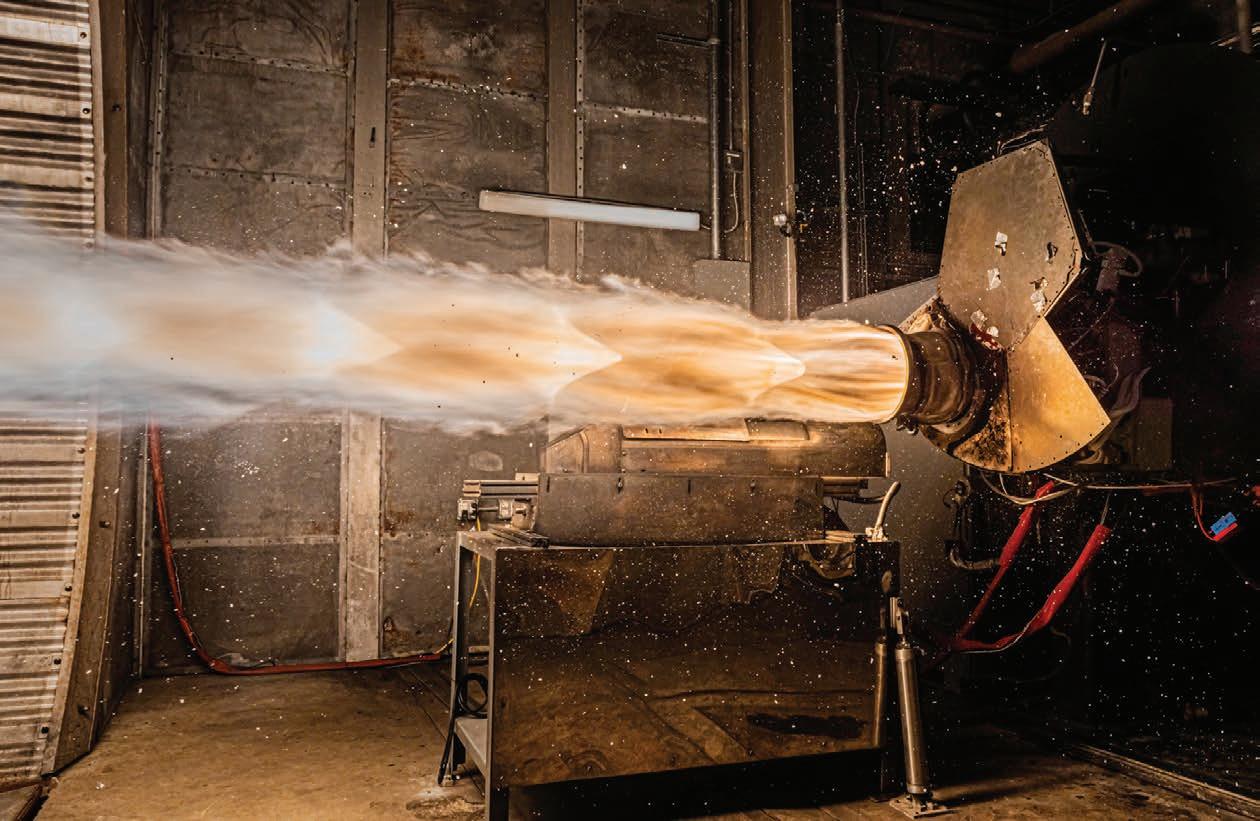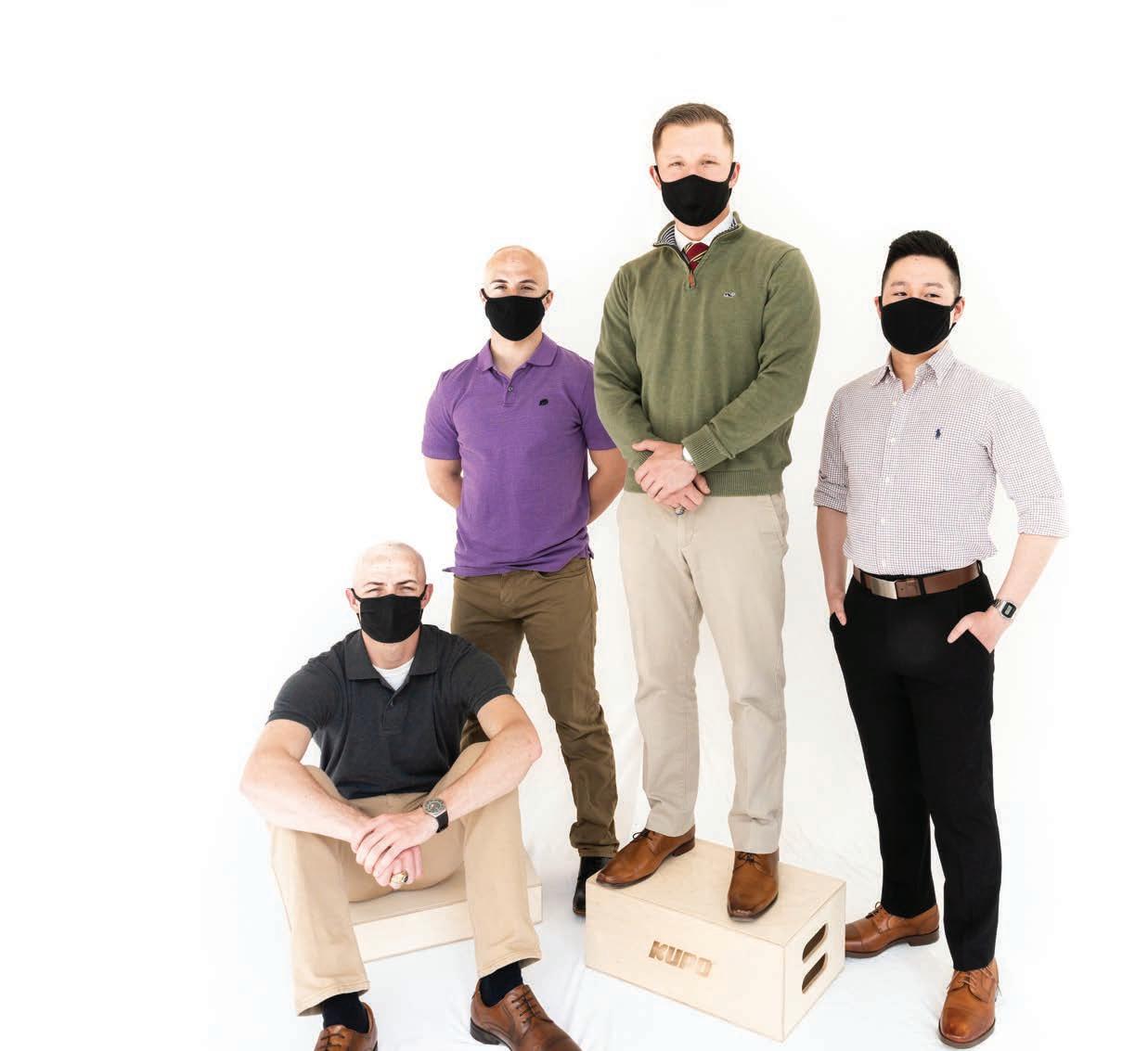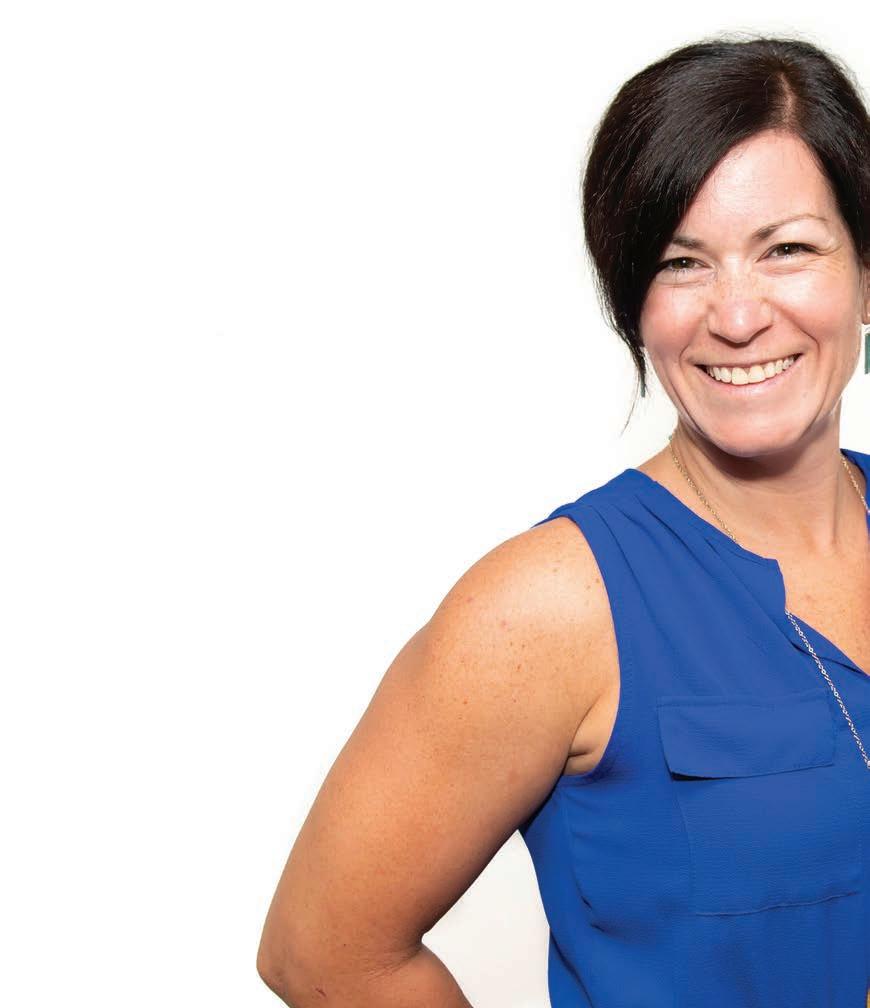Alaska Aerospace Corporation, where I work today, is a State of Alaska public corporation. The organization was developed back in the early 90s to diversify Alaska’s economy into the aerospace industry. We’re one of only four places in the U.S. that you can go to orbit with a vertical rocket. The company has been launching from Kodiak Island since ’98, but it’s really a new industry on the commercial side. I joined the company as president in 2018. I’m based in Anchorage, but our spaceport—called the Pacific Spaceport Complex– Alaska—is about a 45-minute flight south on Kodiak Island. Governments and companies used to launch a satellite and expect it to be useful for five, ten, fifteen years. These satellites were exquisite engineering articles—multimillion-dollar, sometimes billion-dollar systems, designed to last for a long time and do a lot of things. Today, we’ve really seen a shift to small satellites and CubeSats, which are the size of a toaster oven or a microwave. You build a satellite, and maybe it lasts 18 months. It’s like our phones. We get a new smartphone about every 18 months or two years, and we refresh that technology. If we can lower the cost of the launch and lower the cost of a satellite, then we can have this refresh of technology much quicker in orbit, as well. That in turn drives more satellites being launched, making the industry more dynamic and vibrant. Spaceports today are akin to what airports were in the 1920s and 1930s. I find that really exciting. There’s no playbook. Every day has new challenges. It’s exciting and a great time to be a professional in this great, growing industry. Especially now, when we see this renaissance of new space companies like SpaceX, Virgin Galactic, Blue Origin, Astra, Rocket Lab, and others. It’s inspiring to see the pace of progress. I am crossing my fingers we can get to Mars while I’m still around. How do we bring humans to another planet? But space also is still very much about, how do we make life better on Earth? We use GPS satellites to navigate. We use satellite images to understand what’s going on in the world, tracking polar ice and the weather and so on. Space is also about, how do we explore? How do we then transport faster around the Earth? I think that’s one of the next exciting pieces. We talk about FedEx being fast. But wait until space travel happens. n —As told to Sean Markey 22
CAREERS
Learning on the Job Internships help Norwich students gain valuable experience for their future careers BY BETH LUBERECKI











